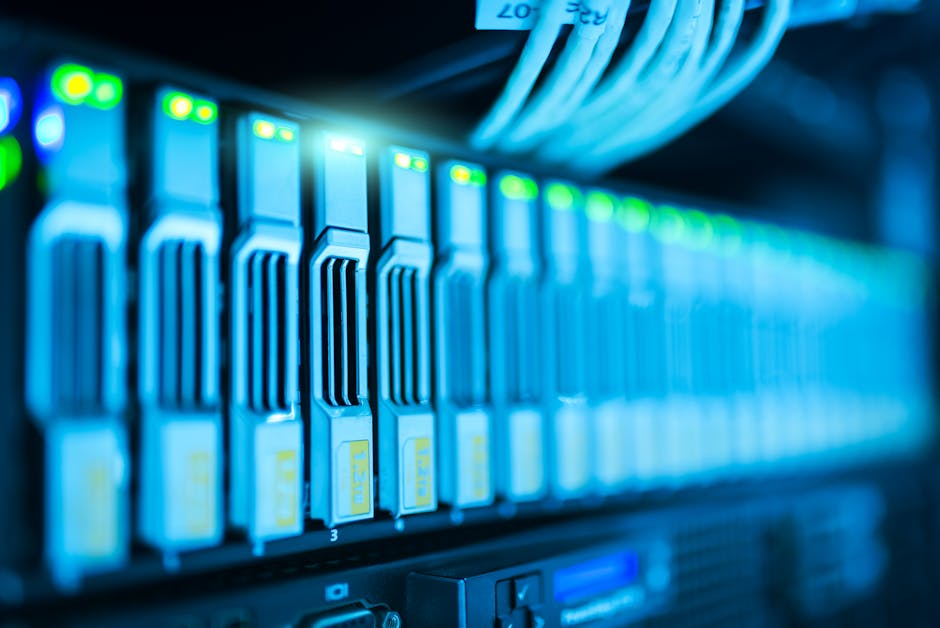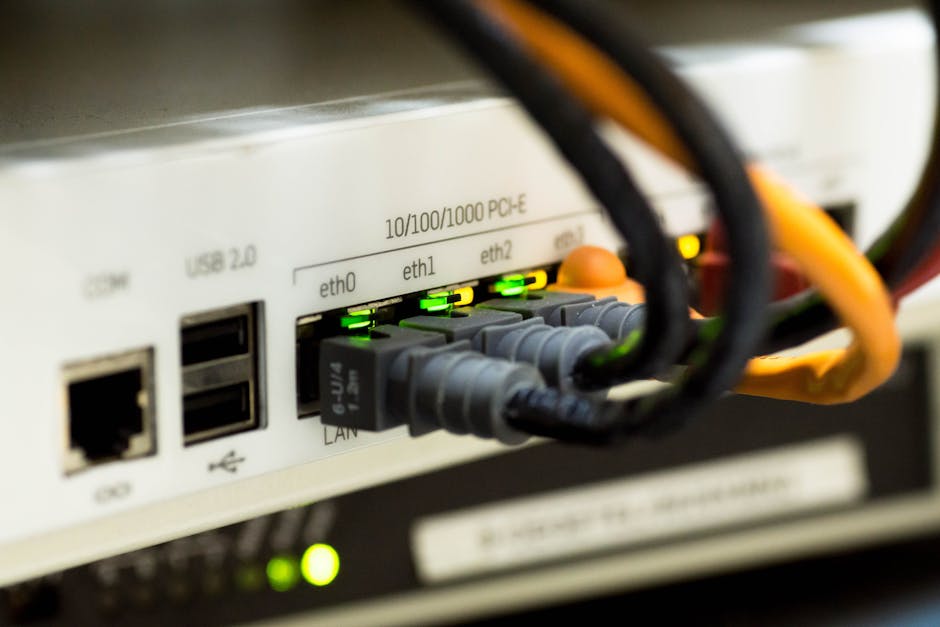Seafloor Congestion: The Looming Crisis of Submarine Cables

The global internet infrastructure relies heavily on a network of submarine cables as thin as a garden hose. These vital conduits handle the vast majority of global internet traffic, connecting continents and ensuring seamless communication. However, as digital demand grows exponentially, a crisis is emerging. Cable route engineers are struggling to find suitable seafloor space for new systems without jeopardizing the safety and reliability of existing infrastructure. This challenge, known as submarine cable congestion, is becoming a severe bottleneck for global connectivity.
Understanding Submarine Cable Congestion

Pexels
Submarine cables are meticulously planned and laid down according to strict guidelines, such as those provided by the International Cable Protection Committee (ICPC). One critical rule mandates that new cables must maintain a minimum separation distance of three times the water depth from parallel existing cables. This separation ensures cables are accessible for maintenance, which often relies on traditional grapnel hook recovery methods.
James Porter, a cable route engineer at Alcatel Submarine Networks, describes how the seafloor is becoming increasingly crowded, particularly in key regions like the eastern Mediterranean, the Gulf of Oman, and near Japan. Factors such as physical geography, geopolitical restrictions, and uncoordinated development exacerbate congestion in these deep-sea areas. For example, geopolitical constraints in the Gulf of Oman funnel cables into narrow corridors, limiting available routing options and increasing risks.
Key Drivers of Cable Crowding

Pexels
Certain areas worldwide are particularly prone to cable congestion due to predictable patterns and external constraints. Submarine cables naturally follow population centers and economic hubs, leading to high-density routes. Physical geography plays a significant role, especially in narrow waterways such as the Strait of Gibraltar or the Bab-el-Mandeb, where the seabed options are limited.
Geopolitical factors also tighten the noose. In some instances, like in the Red Sea, regulatory hurdles force cables to cluster along specific territorial waters, which are often vulnerable to security threats. Additionally, incomplete information sharing within the industry has led to inefficiencies in route planning, with multiple companies unintentionally targeting the same optimal areas. This lack of coordination creates bottlenecks that are costly and time-consuming to resolve.
Collaborative Solutions to Ease Congestion

Pexels
Experts believe that improved data sharing and cooperation across the submarine cable industry are essential to tackle this growing issue. By establishing non-disclosure agreements, coordinated working groups, and clearer retirement notifications for decommissioned cables, companies can make more efficient use of the seafloor. Furthermore, targeting areas with older systems nearing retirement could open up new pathways for future cables.
Another promising solution involves relaxing separation requirements in low-risk areas while maintaining safety standards. This approach could extend available space in less congested regions. Additionally, as many cables from the early 2000s approach the end of their 25-year lifespan, proper coordination during their retirement will free up valuable real estate on the seabed.
Why Submarine Cable Management Matters

Pexels
The rapid expansion of artificial intelligence and other bandwidth-intensive applications underscores the urgency of resolving submarine cable congestion. Modern networks demand ultra-low latency and enormous capacity, making it imperative to ensure that the undersea cable infrastructure evolves in tandem. Addressing challenges like seabed congestion will directly impact digital connectivity, economic growth, and global communication security.
The submarine cable industry is at a pivotal crossroads, and proactive measures in cooperation, regulation, and innovation are needed to secure the future of global internet infrastructure. As the world becomes increasingly connected, the importance of addressing these challenges cannot be overstated.




